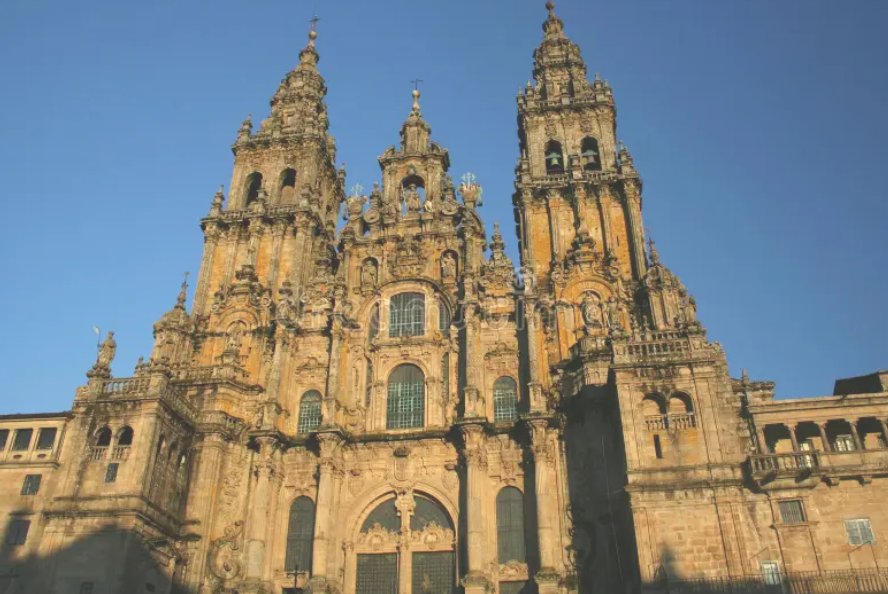
In the 11th and 12th centuries, when the so-called 'Cult of Saints' was at its peak, the idea of a physical journey towards a spiritual goal was extremely popular, and the cathedral of Santiago de Compostela, in north-western Spain, was the third most important Christian pilgrimage sites of the medieval period, after Jerusalem and Rome.
The 'camino', or pilgrimage road across northern Spain thus became one of the most widely-used of medieval times, dotted with Romanesque churches and monasteries, designed to incorporate the veneration of saints into sumptuous architecture, replete with religious sculptures and elaborate reliquaries, and thus to attract the many pilgrims and their money.
Ian is a specialist in the nearly 800 years of Moorish occupation and Christian reconquest of medieval Iberia. He is the founder and director of an art tours company, specialising in guided cultural tours in Spain and has lectured at institutions such as the V&A, SOAS, Christies Education, and the London Art History Society.